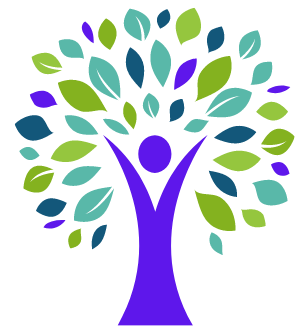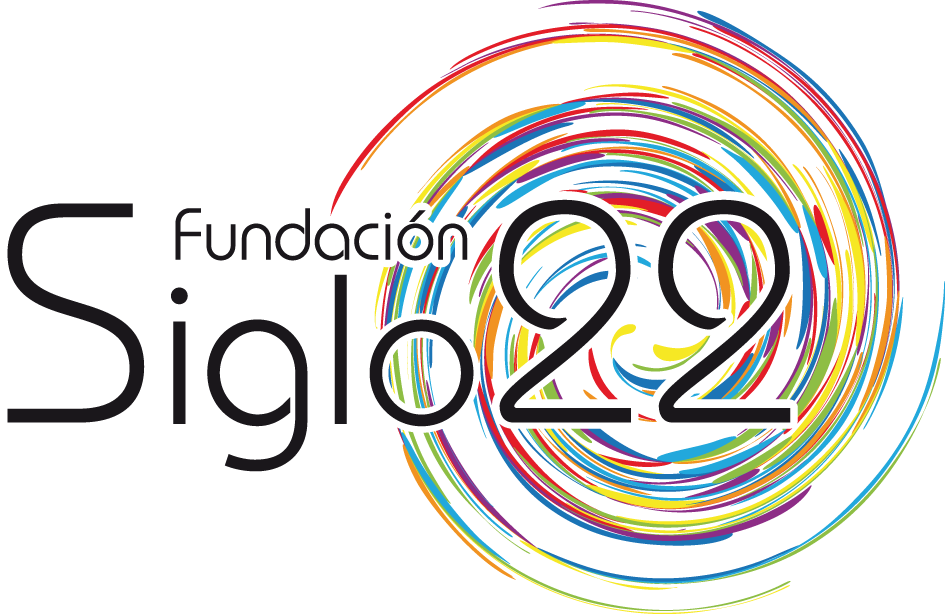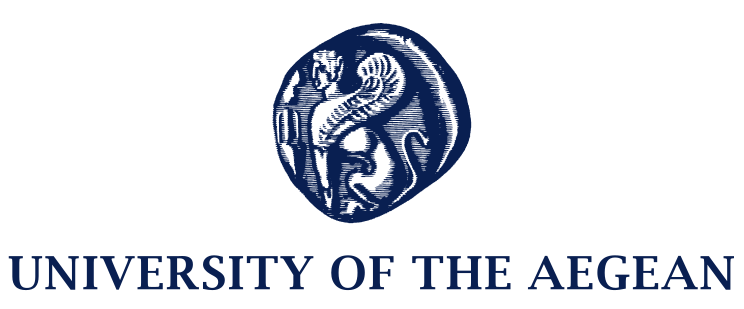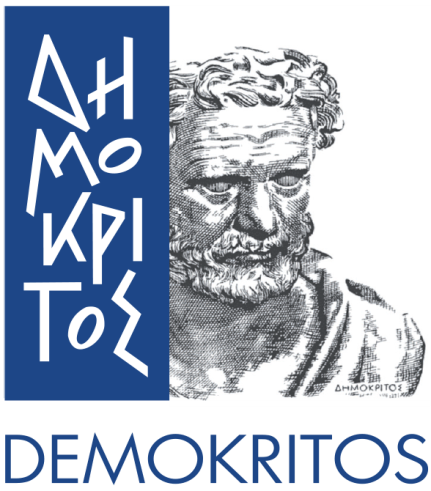Climatopia Theoretical and Psychological Framework
The role of children as vital participants and agents of change emerges as a key theme. Children have always shown an interest in the environment.
Needs Analysis Studies review the implications of climate change for children and future generations, drawing on relevant experiences in different sectors and countries of promoting child rights and well-being.
The theories, strategies and methodological approaches which form the basis of R1 are not new. What is innovative about R1 is the combination of the William Glasser’s “Choice Theory” (1999), Marshall Rosenberg's non violent communication (2003) with the ESD five fundamental types of learning to provide quality education and foster sustainable human development to create a community of self-directed learners and to enhance their homonomy, the meaning derived in life by being and feeling part of a greater whole [Angyal, 1941, as credited by Boucouvalas (1988, 1999, 2009) and adapted to the needs of elementary school students by Pyrini (2013)].
Objectives
As climate change continues unabated, the first result of our project aims to:
- Define the line between responsible education and undue alarmism.
- Develop strategies to raise a generation to look toward the future with hope as opposed to voices all around them swirling messages of apparent hopelessness.
- Develop a methodological approach to prepare today’s children for a world defined by environmental trauma without inflicting more trauma to them.
- Set the psychological basis for becoming creators of educational material relevant to climate change rather than consumers.
Tasks
Activity 1
Chapter 1: Basic Human Needs under the light of Climate Change. Blick will develop the theoretical background on the basic human needs and strategies to fulfill them under the light of the needs analysis. Download chapter 1 here.
Activity 2
Chapter 2: Self- directed Learning to Improve Quality of Life. UAegean will develop the theoretical framework to create a community of self-directed learners and to enhance their homonomy, the meaning derived in life by being and feeling part of a greater whole. The idea lies in the introduction of the homonomous (connected) Self. As constructed by Boucouvalas, self with a lower case “s” refers to one’s separate individual self, characterized by autonomy, while Self with a capital “S” refers to the expanded connected sense of Self, characterized by homonomy. Together, they constitute the complementary dimensions of selfhood, suggesting a conceptualization of s/Self that includes both autonomous and homonomous dimensions. Download chapter 2 here.
Activity 3
Chapter 3: Learning Activities. Blick and UAegean will create a set of learning activities that children can implement at school or at home with the support of an adult depending on the learning environment. Download chapter 3 here.
Activity 4
Peer-review of the Handbook by the partners and relevant stakeholders.
Activity 5
Translations of Chapter 3 in Latvian, Greek, German and Spanish.





)